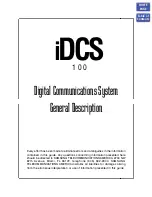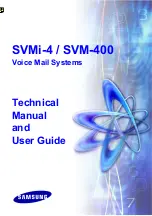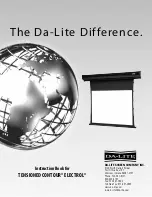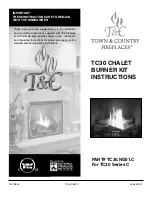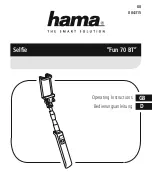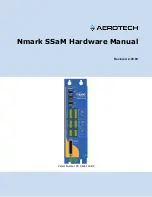
Figure 13. If your blade has a significant choil it m ay
be helpful to place our finger behind it as show n
w hen sharpening.
Figure 14. Insert your index finger as show n behind the
choil as the knife is inserted into the sharpening slot
(see Suggestion 8.)
11
3. Always pull the blades at the recommended speed and at a constant rate over length of
blade. Never interrupt or stop the motion of the blade when in contact with abrasive disks.
4. Carefully follow the detailed procedures for each type blade for best results and to extend
the useful life of your knives. The sharpening sequence is especially important with the
single sided traditional blades.
5. The edge of the knife blade, while sharpening, should be held in a level position relative to
the top of the counter or table. To sharpen the blade near the tip of a curved blade, lift the
handle up slightly as you approach the tip of the blade but just enough to maintain audible
contact with the honing or stropping disk as each section along the curved length of the
edge is being sharpened.
6. To increase your proficiency with the Chef’sChoice
®
Model 315S, learn how to detect a burr
along the edge (as described on page 5). While you might be able to sharpen well without
using this technique, it is the best and fastest way to determine when you have sharpened
sufficiently in the preliminary steps. This will help you avoid oversharpening and ensure
incredibly sharp edges every time. Cutting a tomato or a piece of paper is a convenient
method of checking for finished blade sharpness.
7. Some contemporary Asian knives are dimpled and some contemporary and traditional Asian
blades are made of layered Damascus steel. All of these should be sharpened accordingly
to these instructions depending on whether the knife style is contemporary (two facets)
or traditional.
8. If your knife has a significant choil you may find it helpful to place your index finger within
or just behind the choil (See Figures 13 and 14) as you insert the blade in the sharpener.
Choil
Figure 12. Rem oving cover under base to clean out
m etal dust.
(See Norm al M aintenance section)













